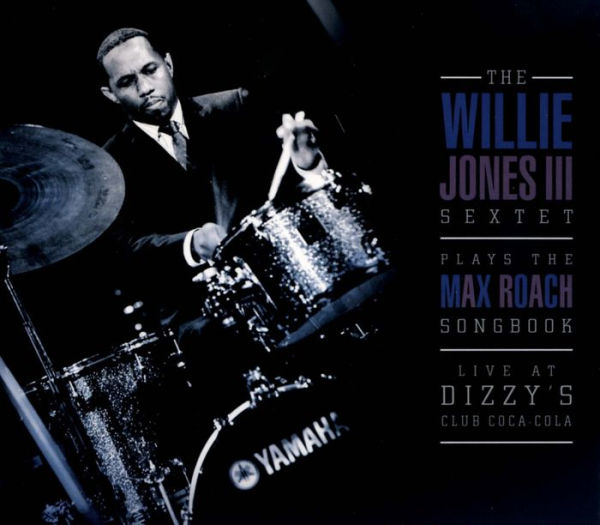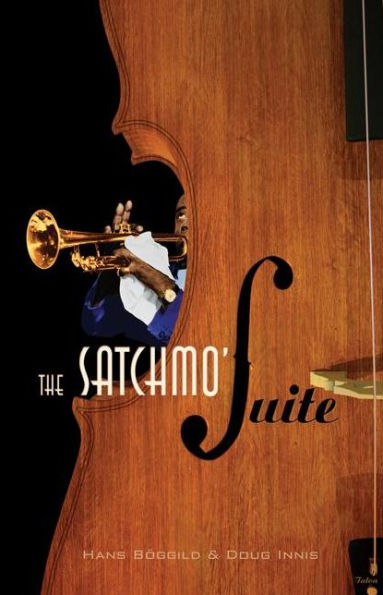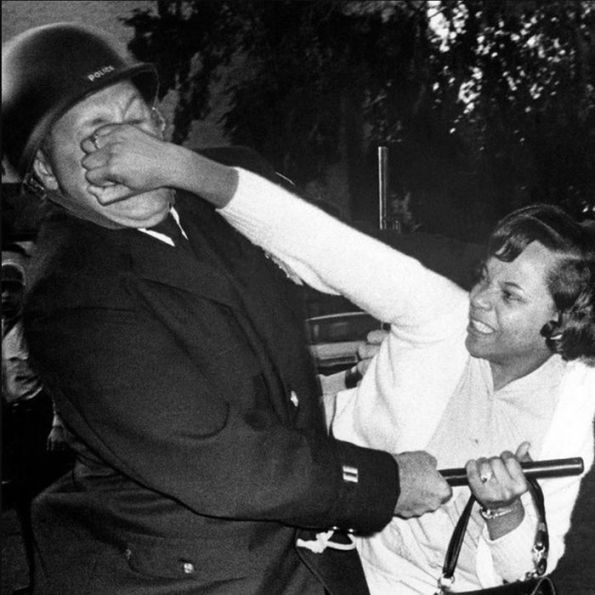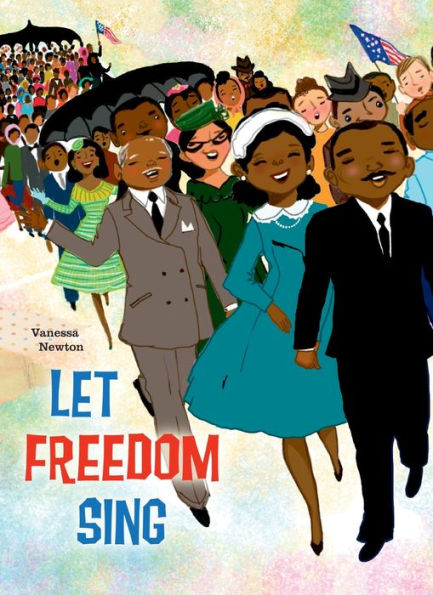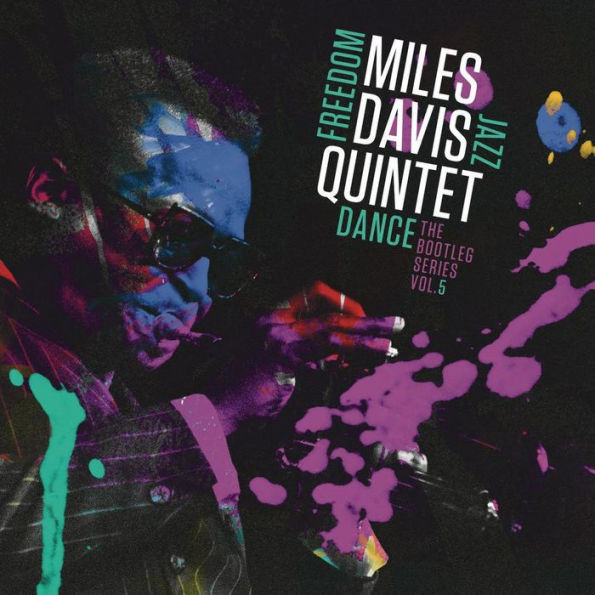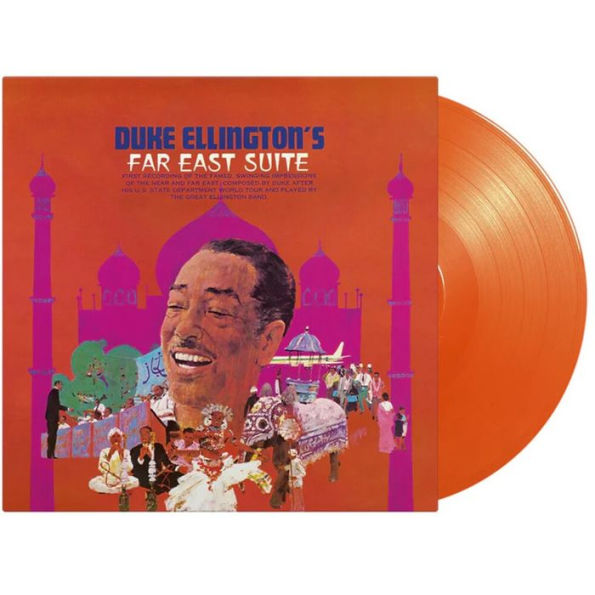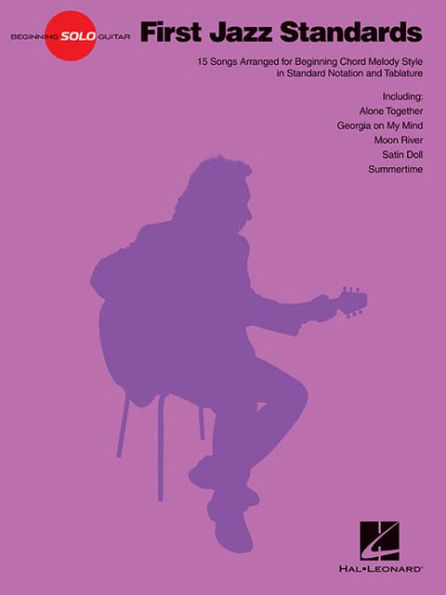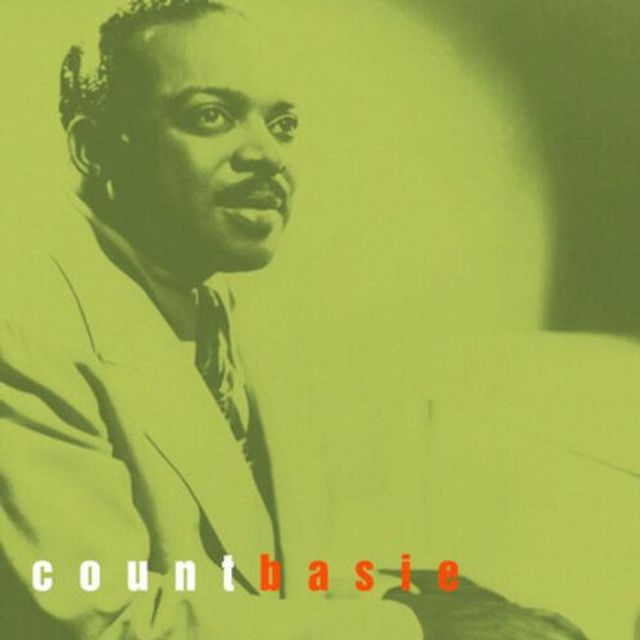Home
We Insist! Max Roach's Freedom Now Suite
Loading Inventory...
Barnes and Noble
We Insist! Max Roach's Freedom Now Suite
Current price: $18.99
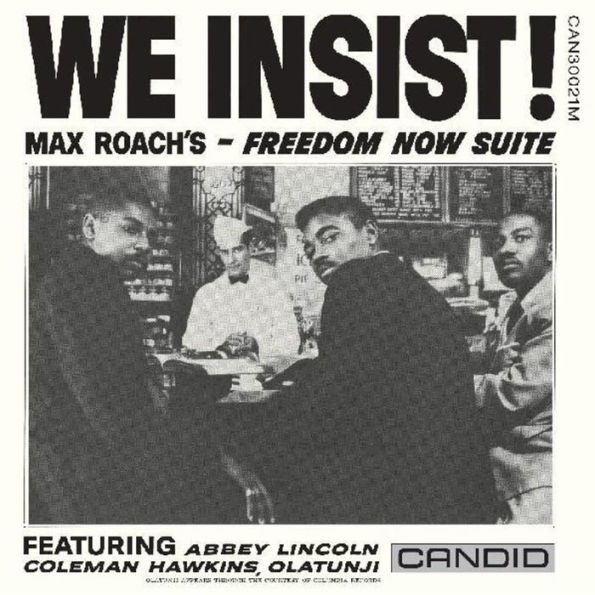

Barnes and Noble
We Insist! Max Roach's Freedom Now Suite
Current price: $18.99
Loading Inventory...
Size: CD
*Product Information may vary - to confirm product availability, pricing, and additional information please contact Barnes and Noble
The cover art for 1961's
is a grainy black-and-white photo of three Black men at a lunch counter looking on. There is a white man wearing a soda jerk's uniform apprehensively looking at the camera too. During the heyday of the civil rights era, this was an incendiary comment directed at a still-segregated U.S. that arrived just after the Montgomery Bus Boycott and student lunch counter sit-ins.
was a bebop innovator who had recorded several standard-setting outings with trumpeter
, and he was a longtime civil rights activist. He is accompanied on this five-track, 36-minute opus by a cast of assenting musicians including singer
, tenor saxophonists
and
, trumpeter
(a teenaged
protege), trombonist
, bassist
, conguero
, and percussionists
.
The suite is divided into sections: "Driva' Man" and "Freedom Day" (both with lyrics by
) are set during the Civil War -- although the latter makes room for future struggle. "Triptych" is a three-section duet by
rooted in the present-day struggle at home, while the final two movements, "All Africa" and "Tears for Johannesburg," reflect the fight for equality on the African continent.
"Driva' Man" commences with
singing
's lyrics as a deep blues, accompanied only by intermittent snare. The horns enter along with
.
delivers an uncharacteristically gritty, almost guttural, angular solo, instrumentally expressing the blues sung by
to highlight the harsh realities and indignity endured by Black people since slavery. "Freedom Day" offers the three-horn frontline introducing
with a hard bop vamp.
claims the foreground with a commanding solo rooted in color and sorrowful melodic invention, followed by impressive solos from
,
, and
. "Triptych: Prayer/Protest/Peace" is a centerpiece duet between the drummer and
, and one of the most abstract tunes either artist ever cut. She intones wordlessly before the intensity ratchets, and begins screaming to meet the drummer's frenetic rolls, fills, and accents before coming full circle.
sings
's words again on "All Africa," driven by
and the other percussionists. The lyric "It began with a beat and a hum" introduces an exposition on Black music and culture's central place in the development of history and civilization.
's closer "Tears for Johannesburg" also offers bluesy, wordless singing from
. Driven by the composer's and
's taut vamps, the frontline horns meld Latin and African folk music, modal jazz, hard bop, and even classical music in a swinging, incantatory flow underscored by fluid, fiery improvising from
and the percussionists.
Despite its rather rudimentary recording quality, the music on
remains urgent, relevant, and provocative. Its assertion that freedom and equality are necessary for society to function and thrive resonates as poignantly and intensely amid the global civil rights struggles of the 21st century as it did in the 20th. ~ Thom Jurek
